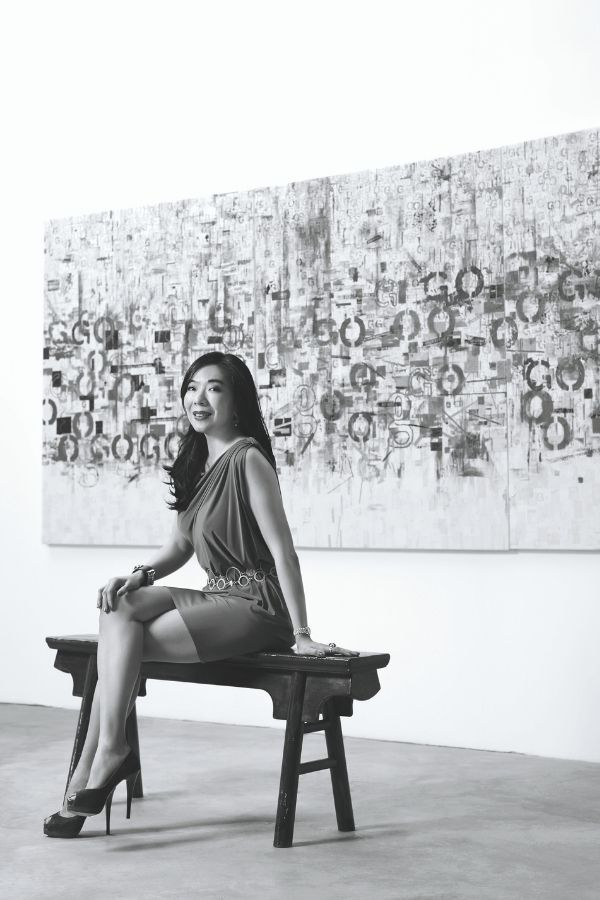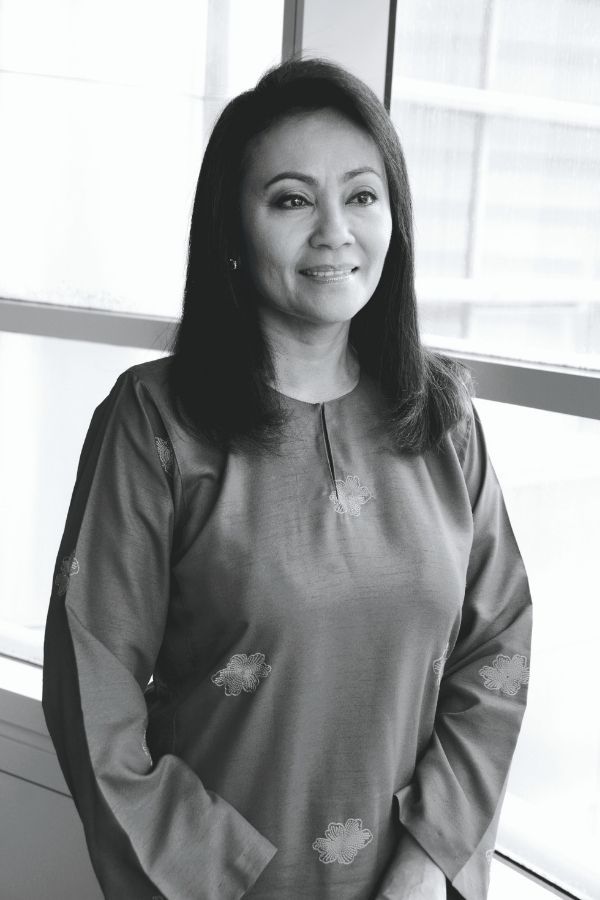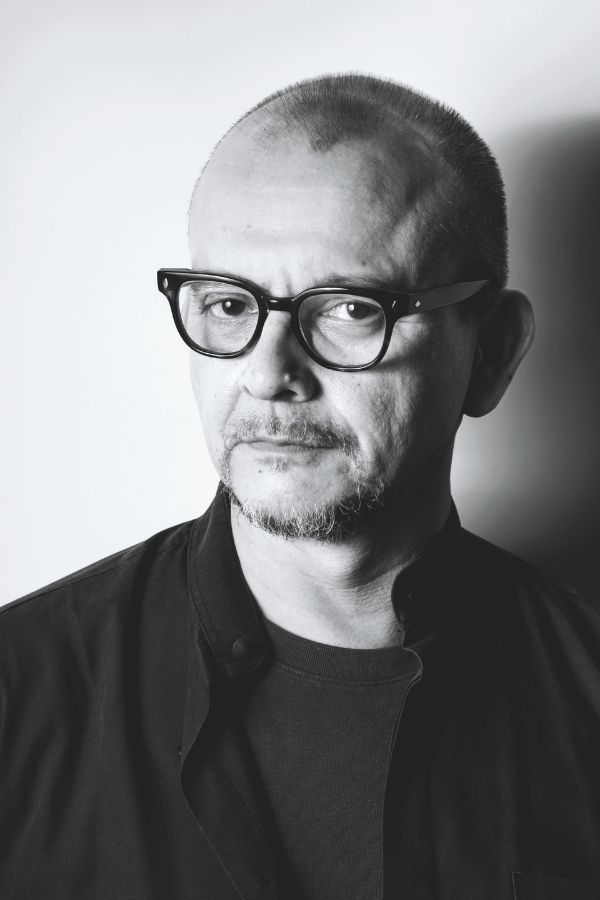We speak to a few of the 2021 council members of Badan Warisan Malaysia about what it takes to protect the nation's cultural heritage in a time of unrest and economic decline
Picture this: a young student on the cusp of adulthood is sat hunched over his desk as he stares at his Sejarah paper, desperately trying to remember the history notes he’s branded into memory a few hours ago. Then, in the blink of an eye, he graduates with little to no fanfare, the exam a fever dream and history notes scattered to the wind, only to come back in hazy bits and pieces as his adult self happens upon articles or tourist destinations without so much as a small, surprised, “Oh, I remember learning this at school”.
The moment passes, and he moves on; the past stays in the past. But the question remains still: what happens when we forget? And where do we go from here when our foundation as a people, built upon stories carved in wood, stone and even in ourselves, starts to fade with the passage of time?
And those very questions were what fuelled the inception of Badan Warisan Malaysia (the Malaysian Heritage Trust) in 1983, the nation’s leading non-governmental organisation that sought to conserve and preserve historically as well as culturally significant architecture or areas of the nation, while raising awareness towards them and influencing policies to create a conservation-friendly environment.
See also: Meet The Malaysian Architects Rebooting Heritage Buildings

‘To educate, engage and empower’ is the organisation’s motto, and it’s become a legacy-cum-mantle which the new council of Badan Warisan Malaysia has taken up at a time where change has never been more necessary than ever. Its president Lim Wei-Ling, who is also the founder and director of her eponymous art gallery, says as much, having taken over the organisation in January last year with Covid-19 hitting the nation in full force just two months later.
“We all knew it was going to be a challenge. It was a steep learning curve for everyone as the pandemic was something no one had expected. We (the new council) come from different industries and backgrounds, so we had to pull our strengths together, to ascertain the best way forward for the organisation. Ironically enough, while the lockdown had all but slowed things down for us, the urgency to progress the organisation was all the more apparent in order to keep up with current times. So much has happened in a year—in addition to restructuring the organisation as well as the way we work to adjust to the new normal, we had to think about how we could do things in a more sustainable, cost-effective way as most of our funding comes from activities like fundraisers, walks, tours, events and donations; much of which had ground to a halt last year. The pandemic forced us to rethink our business model, consolidate, restructure and review how we would exist in the future.”




